Create play spaces where kids of
all abilities can learn, play, and
grow together
All kids are created equal with the same desire and need to experience play. Play opportunities that challenge and inspire them physically, support and stimulate them cognitively and facilitate an emotional and social connection. A well-designed inclusive playground welcomes children and adults of all abilities to interact and play together. Play is not only fun, but it’s also an essential part of a child’s development and critical for the successful growth of both the brain and the body.
The necessity for play is universal regardless of age and ability. Often when the term accessible or inclusive playground is mentioned, people think of individuals with a physical disability who require a mobility device, but true inclusivity is much broader and considers individuals with developmental disabilities like autism; children with sight or hearing impairment and children with intellectual disabilities, such as down syndrome. It’s important to design an outdoor space that considers the needs of everyone, including siblings, parents, grandparents, friends and other caregivers.
An inclusive playground welcomes kids and families of all abilities to learn, play and grow together. These spaces provide just the right level of challenge and risk to meet kids where they are, addresses all levels of ability, and creates play experiences for a variety of needs and interests. An inclusive playground goes beyond basic accessibility and ensures children and adults of all abilities have play options and can choose how they want to engage in play.
Beyond the playground features, it’s important to consider other elements that truly make a space inclusive. Creating a welcoming, safe, and accessible environment is just as important as the playground itself. A fence can help define and contain the area, but also provides a sense of comfort to both children and parents. It’s also important to incorporate plenty of shade options, as children’s tolerance levels of sun and heat vary greatly. Pathways, ramps, and transfer points should also be considered and made as accessible as possible. Pathways should be wide enough to accommodate someone using a mobility device as well as a person walking beside that individual. Protective surfacing, such as poured-in-place rubber surfacing, provides a truly accessible experience for kids and adults of all abilities.
The play that happens on a playground is transformative for both the brain and the body teaching us how to interact with one another, how our bodies move and figuring out how to master new skills. Adults and children of all abilities need the opportunity to experience all the benefits play has to offer developmentally.
Just as every child is unique, every playground should be, too. We have partnered with many organizations
and community groups to create inspiring and inclusive spaces that welcome everyone to play.
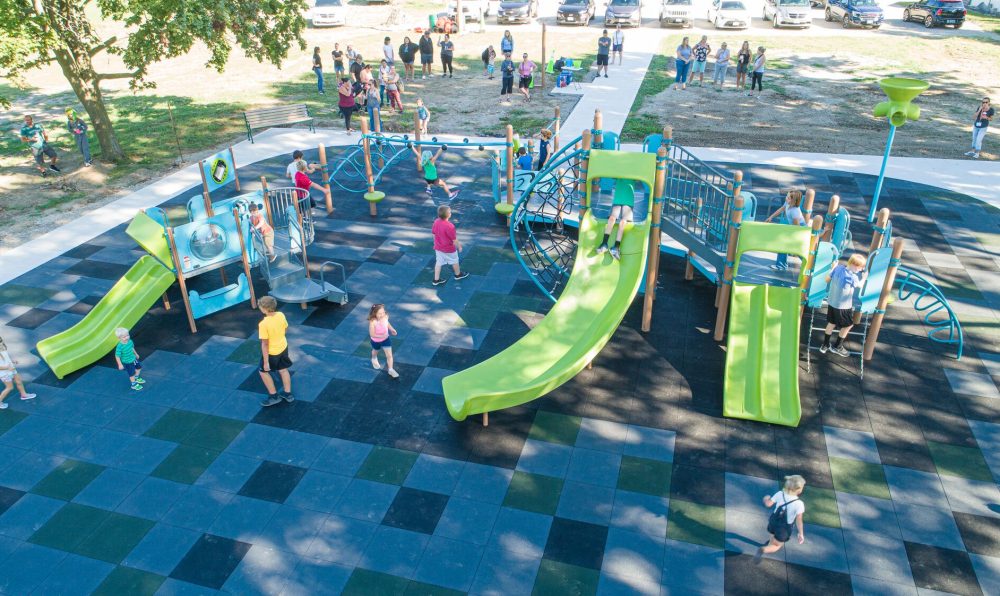
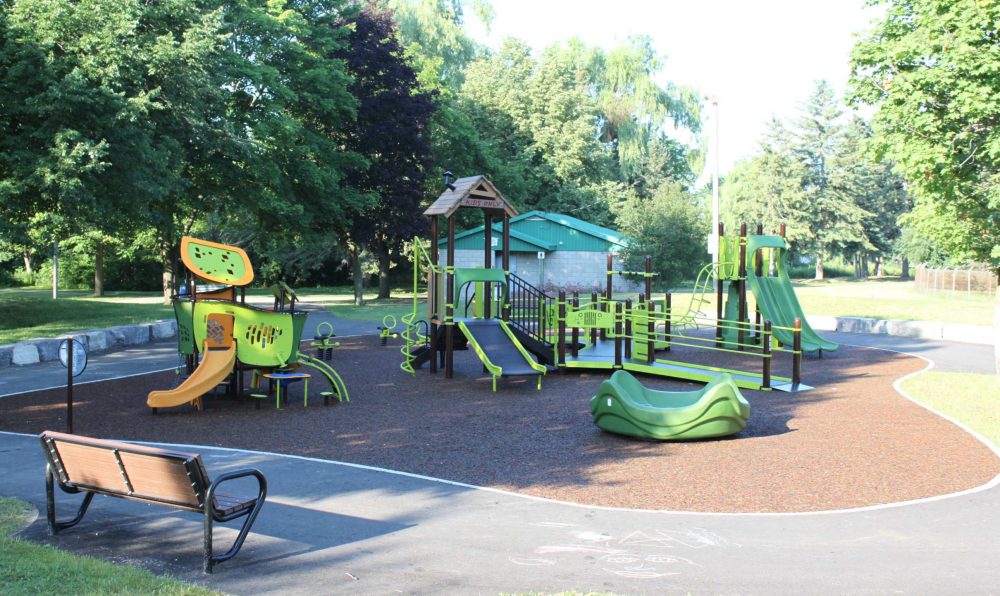
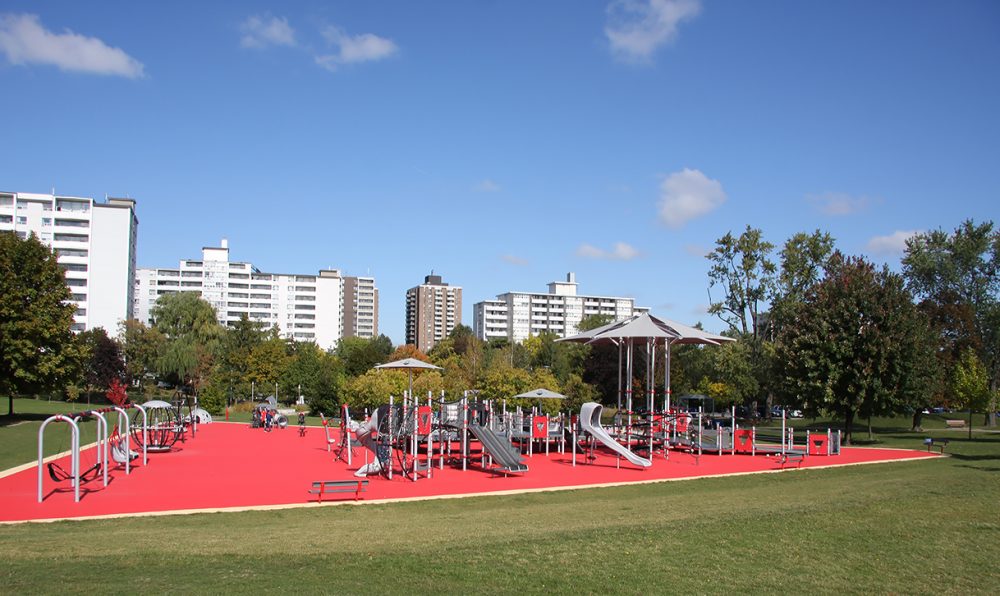
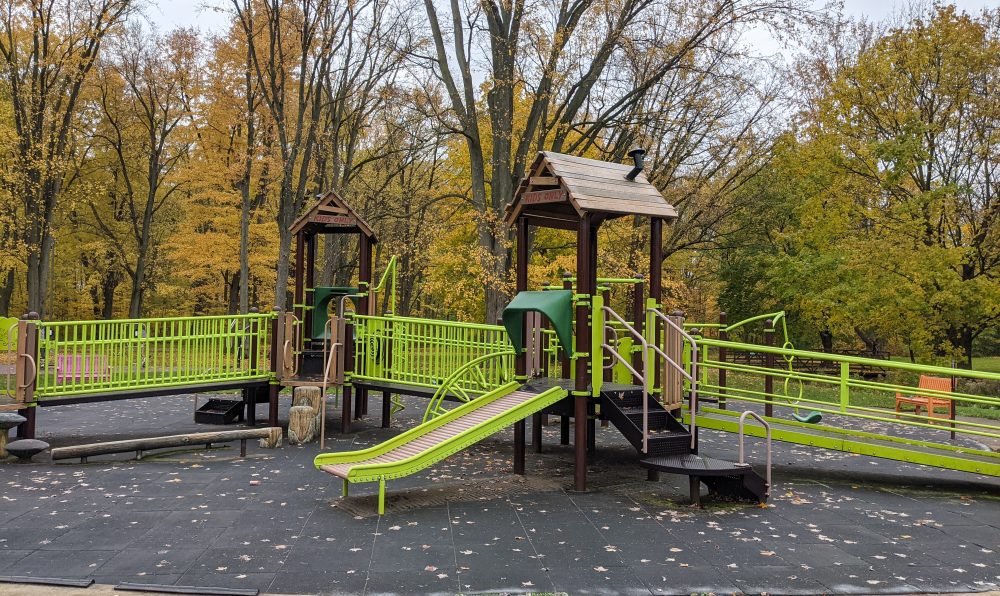
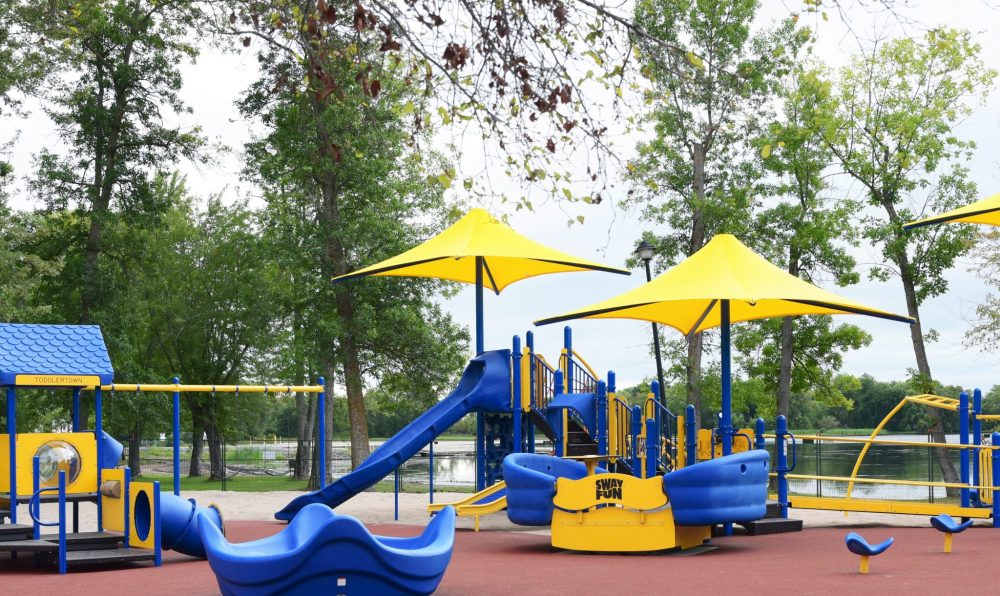
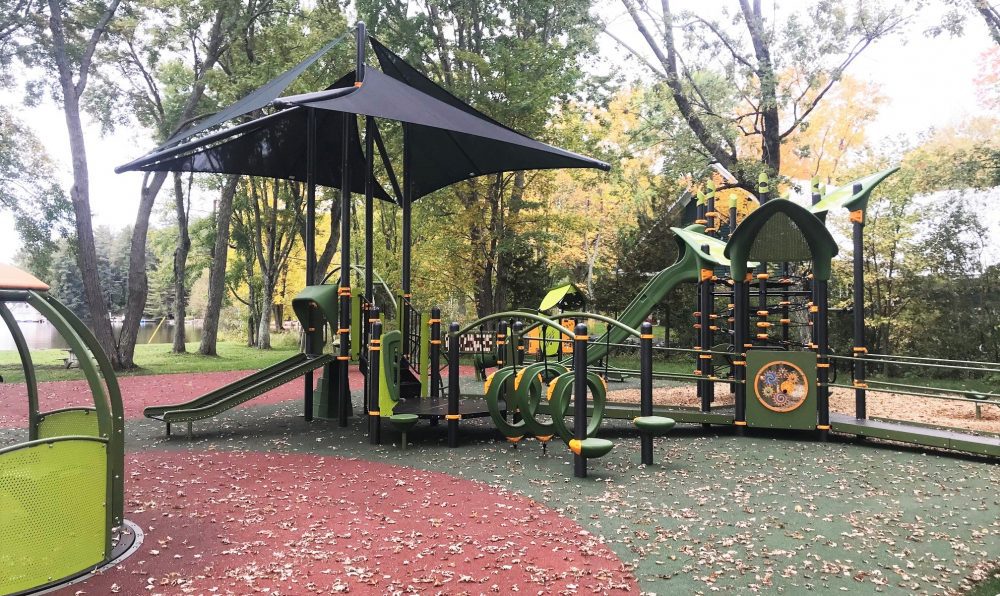
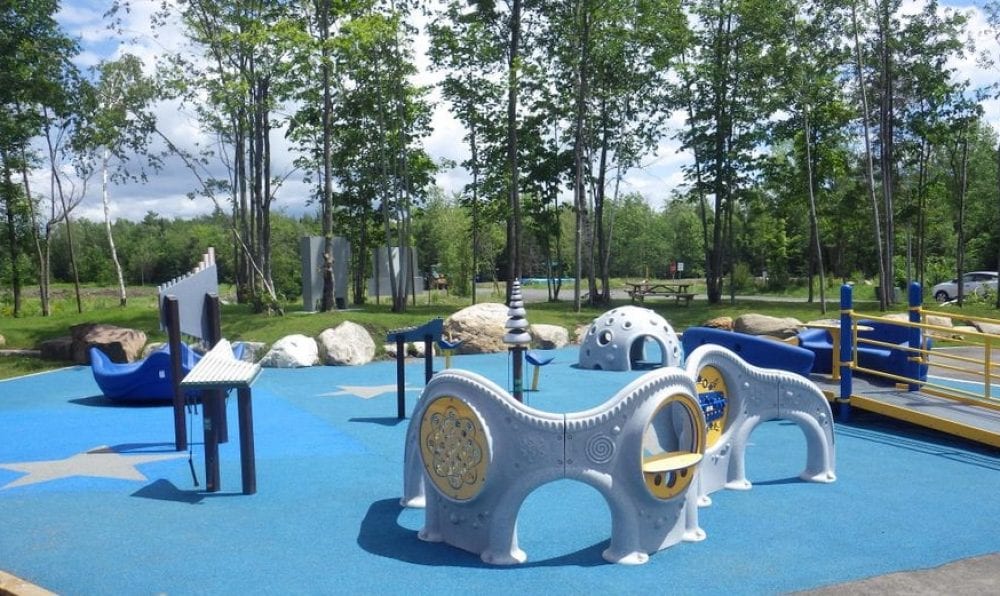
Providing a variety of options for sensory engagement gives children the autonomy to choose how they want to play.
This independence in play improves confidence, self-esteem and physical competence.
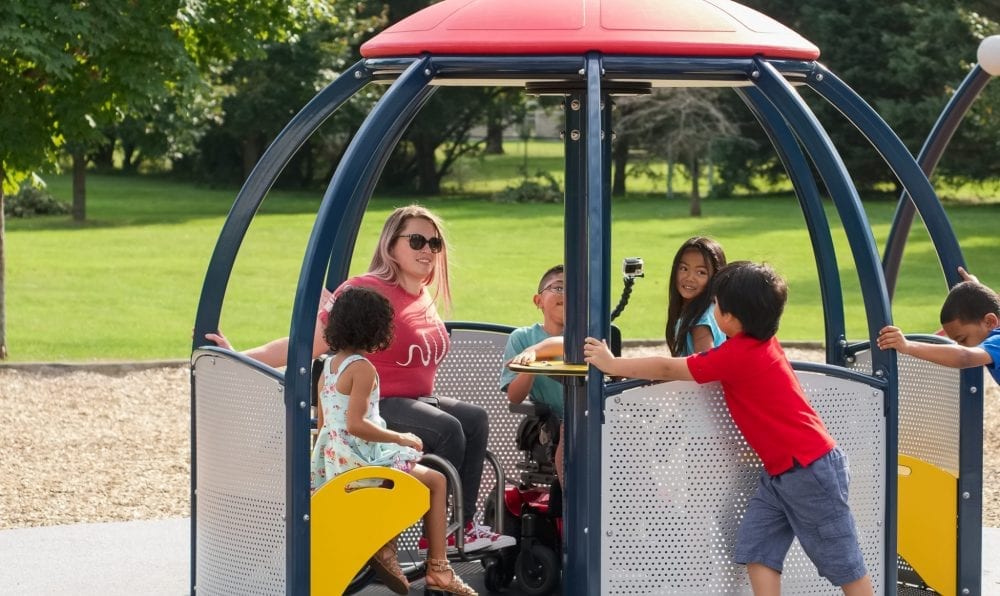
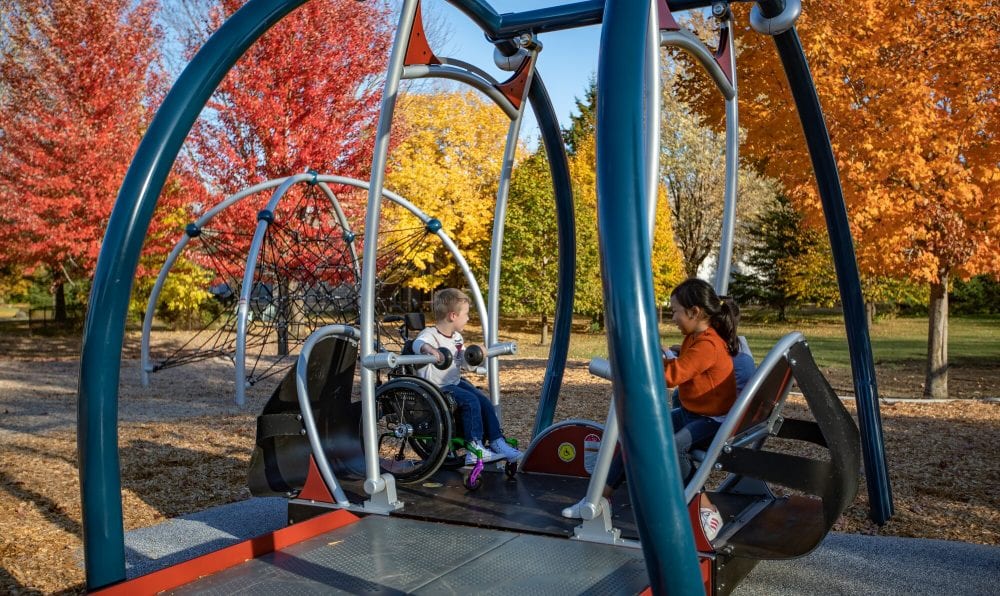
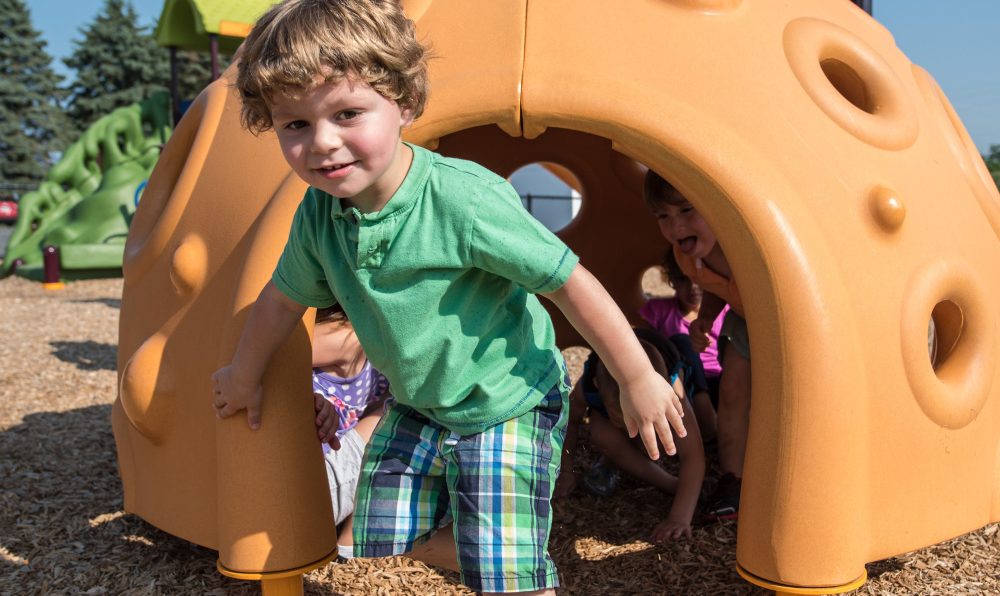
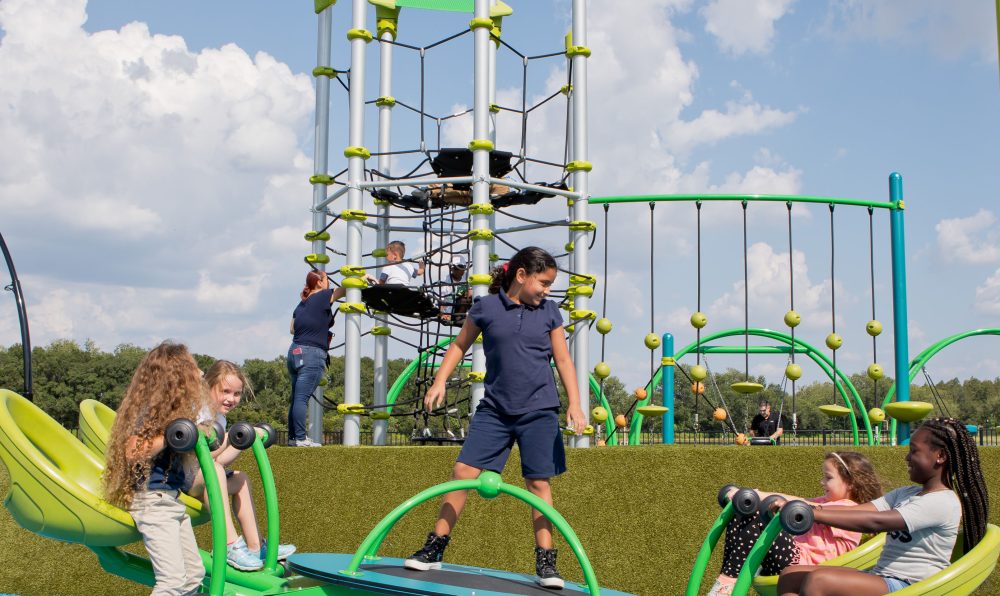
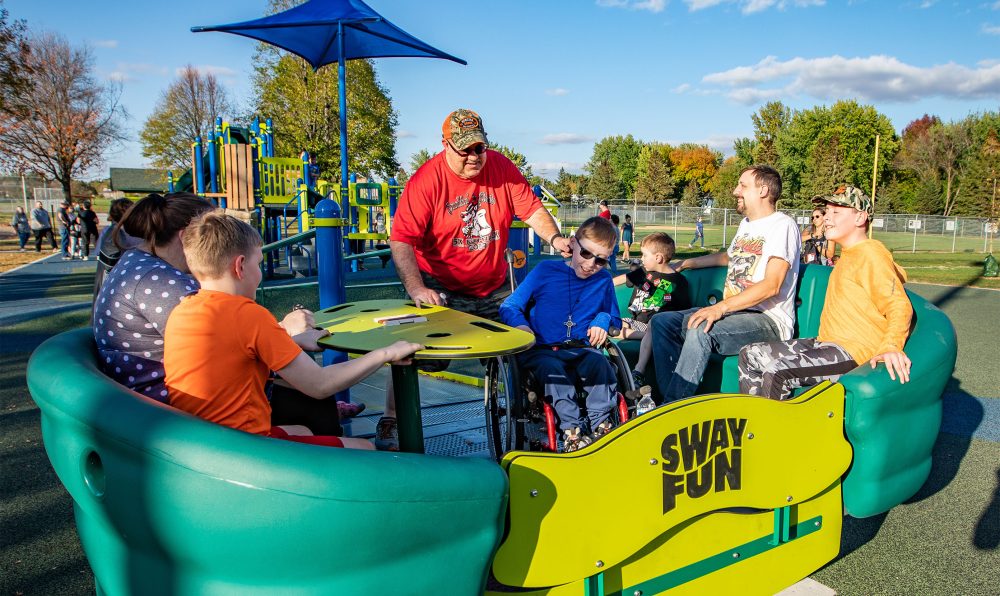
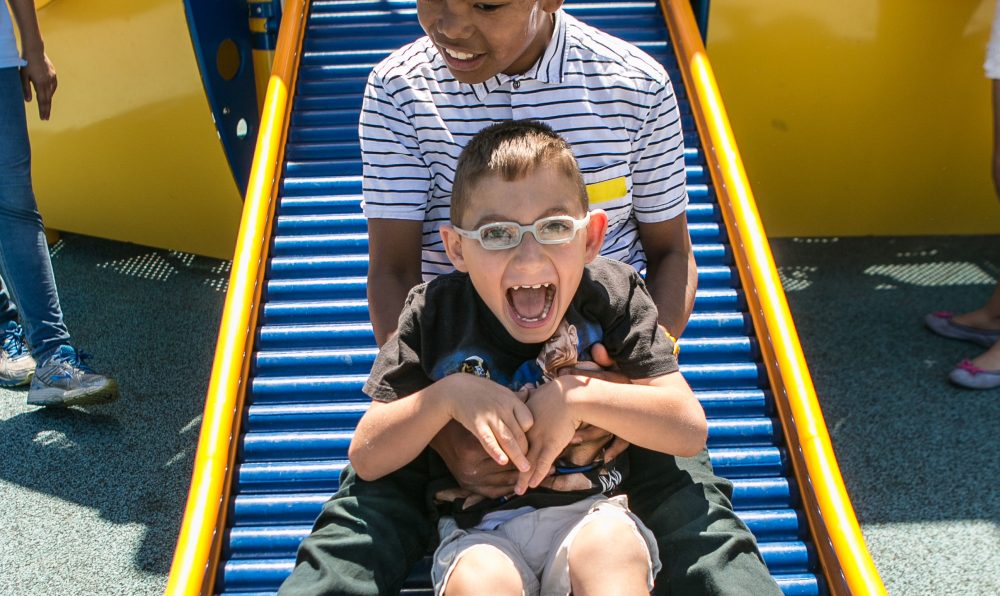
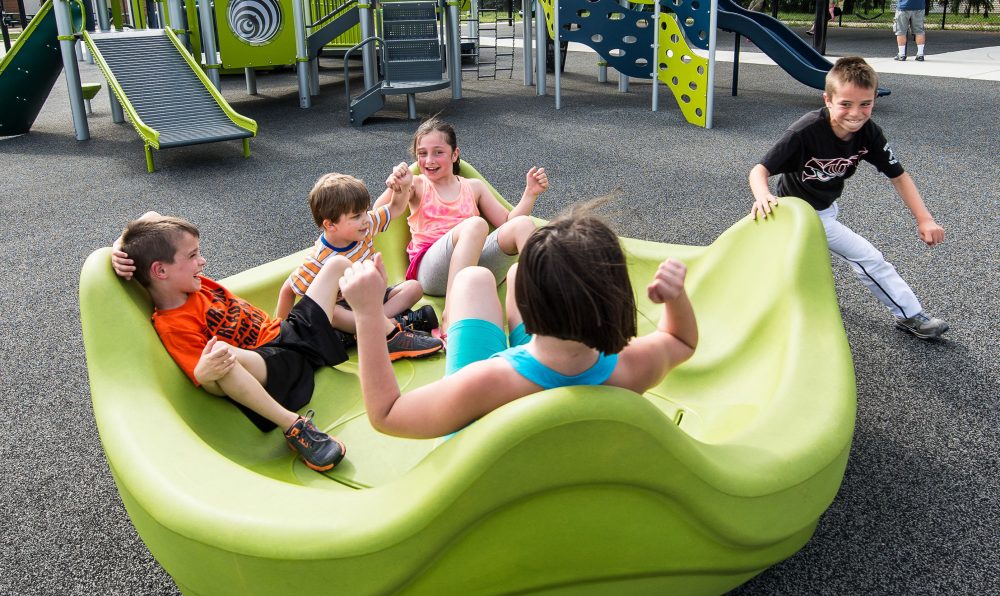
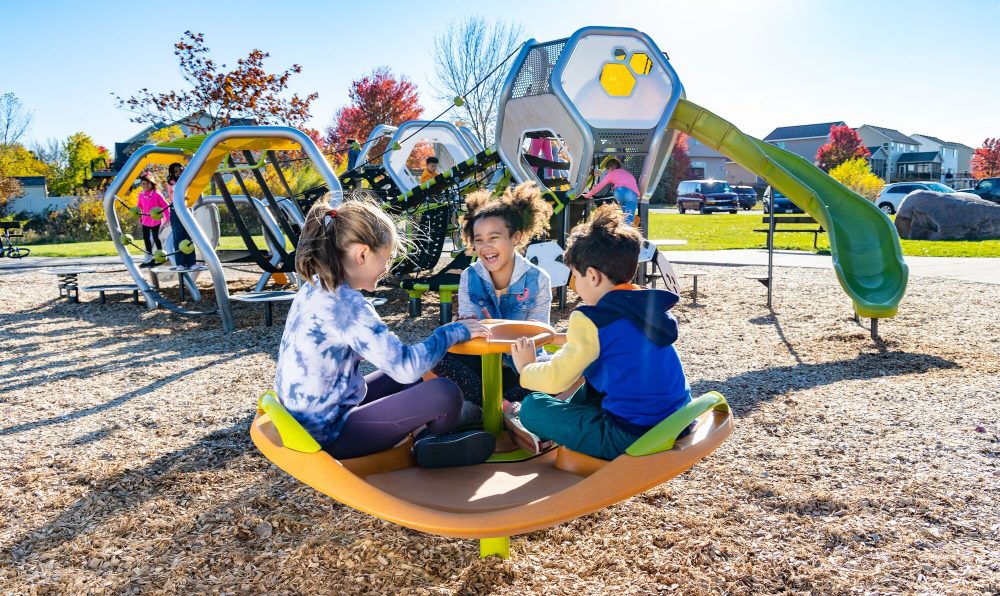
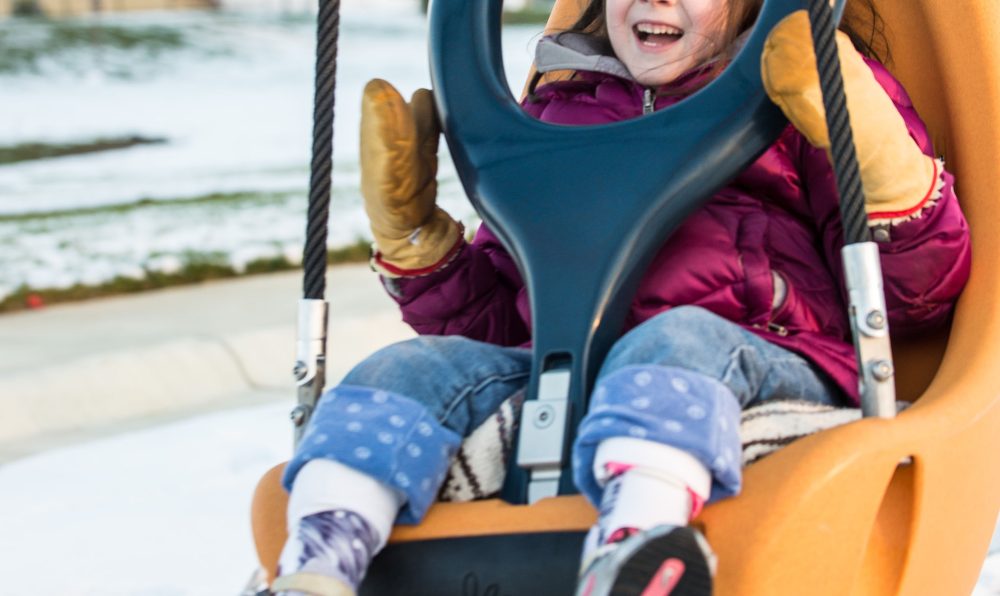
Do you have a product inquiry or question the site didn’t fully answer? Make sure to fill out the contact form and we will reply by the next business day.
